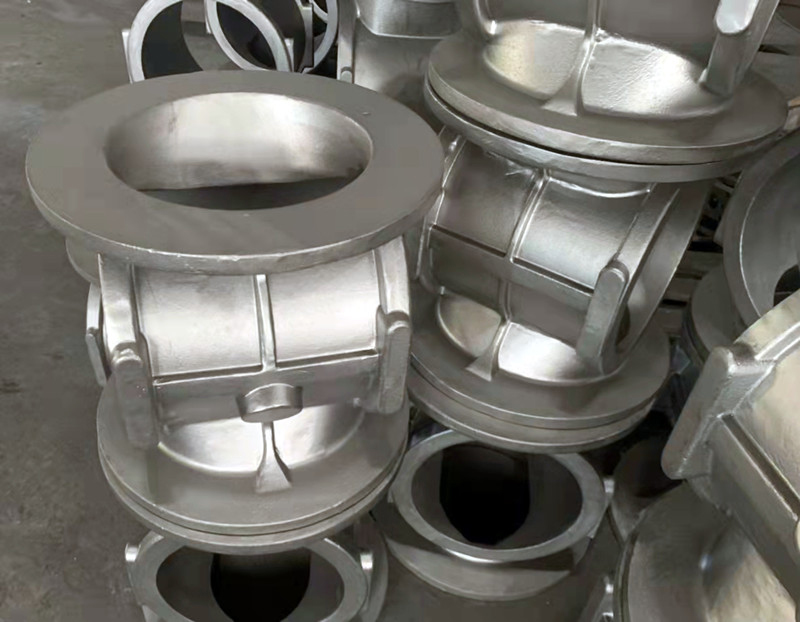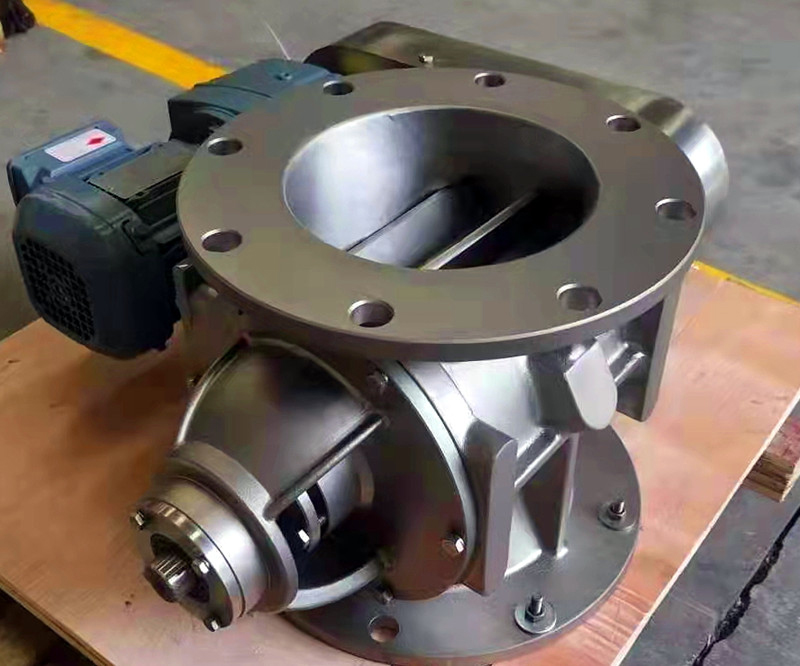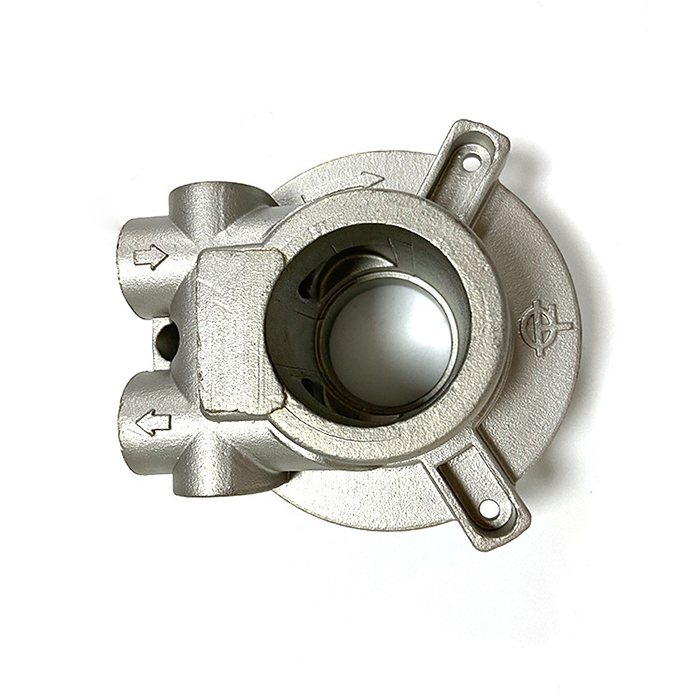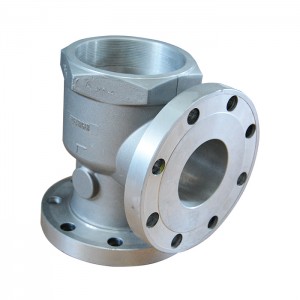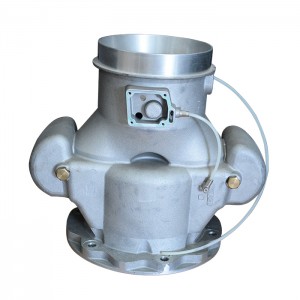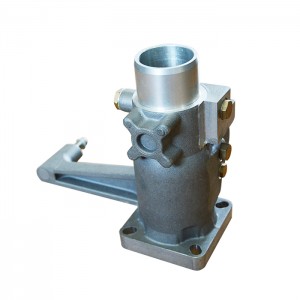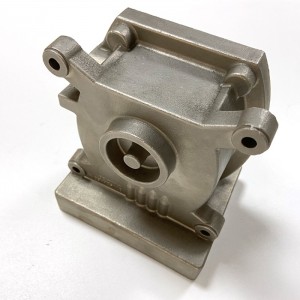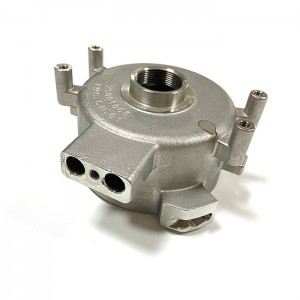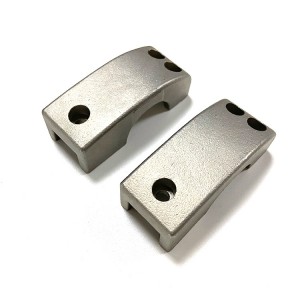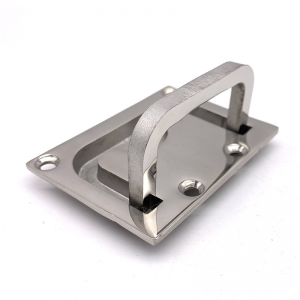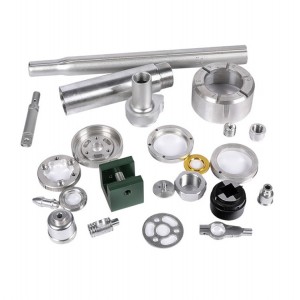Customized Investment Casting / Precision Casting Pump Parts
technological process
The technological process of the stainless steel precision casting pump body are as follows:
1. Due to the poor fluidity of molten steel, in order to prevent cold shut and insufficient pouring of stainless steel castings, the wall thickness of stainless steel castings should not be less than 8mm; the structure of the pouring system should be simple, and the cross-sectional size should be larger than that of cast iron; dry casting or hot casting should be used. Casting mold: Properly increase the pouring temperature, generally 1520°~1600°C, because the pouring temperature is high, the superheat of the molten steel is large, and the time to maintain the liquid state is long. However, if the pouring temperature is too high, it will cause coarse grains, hot cracks, pores and sand sticking. So for general small, thin-walled and complexly shaped casting, its pouring temperature is about the melting point of steel + 150 ℃; for large, thick-walled casting, its pouring temperature should be about 100 ℃ higher than its melting point.
2. Since the shrinkage of stainless steel castings is much higher than that of cast iron, in order to prevent shrinkage cavities in castings, measures such as risers, cold iron and subsidies are mostly used in the casting process to achieve sequential solidification.
Product Advantages
Investment casting is also called precision casting/dewaxing casting. Compared with other casting methods and parts forming methods, investment casting has the following advantages:
1. The dimensional accuracy of the casting is high, the surface roughness value is fine, the dimensional accuracy of the casting can reach 4-6 grades, and the surface roughness can reach 0.4-3.2μm, which can greatly reduce the processing allowance of the casting and can realize no-residue manufacturing. reduce manufacturing cost.
2. It can cast castings with complex shapes and difficult to process by other methods. The outline size of castings ranges from a few millimeters to thousands of millimeters, the minimum wall thickness is 0.5mm, and the minimum hole diameter is less than 1.0mm.
3. Alloy materials are not limited: materials such as carbon steel, stainless steel, alloy steel, copper alloy, aluminum alloy, high-temperature alloy, titanium alloy and precious metal can be produced by precision casting. For alloy materials that are difficult to forge, weld and cut, more It is especially suitable for precision casting production.
4. High production flexibility and strong adaptability. It can be used for mass production as well as small batch or even single piece production.
To sum up, precision casting has the advantages of small investment scale, large production capacity, low production cost, simplification of complex product process, and quick return on investment. Therefore, it is in a favorable position in the competition with other processes and production methods.
Product Display
